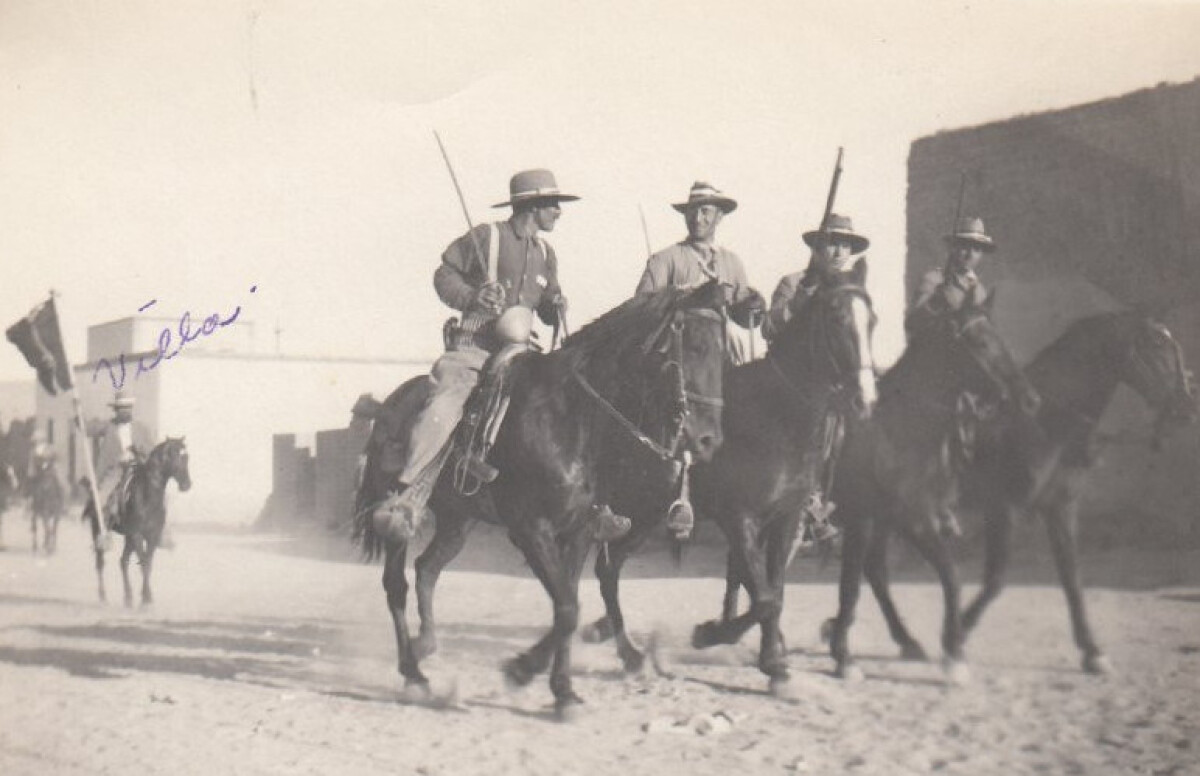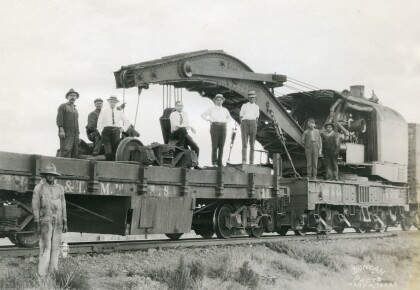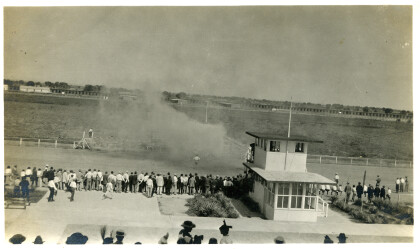Reportar esta entrada
Más sobre la misma comunidad-colección
Cerámica de Casas Grande con el Museo de Arqueología de El Paso Logo
Casas Grandes was a prehistoric trading center/religious center ...
Federales Presentan Rebeldes Muertos
The picture was taken during the Mexican Revolution. It shows a ...
Johnny Hutchins en Carrera de Autos
The picture shows driver Johnny Hutchins during the annual El ...
El Paso County Historical Society
Unidentified men on top of the train, and in front is an African ...
Wounded Soldiers - Buffalo Soldiers - 1916
In June, Pershing received intelligence that Villa was at ...











































Comentarios
Hacer un comentario